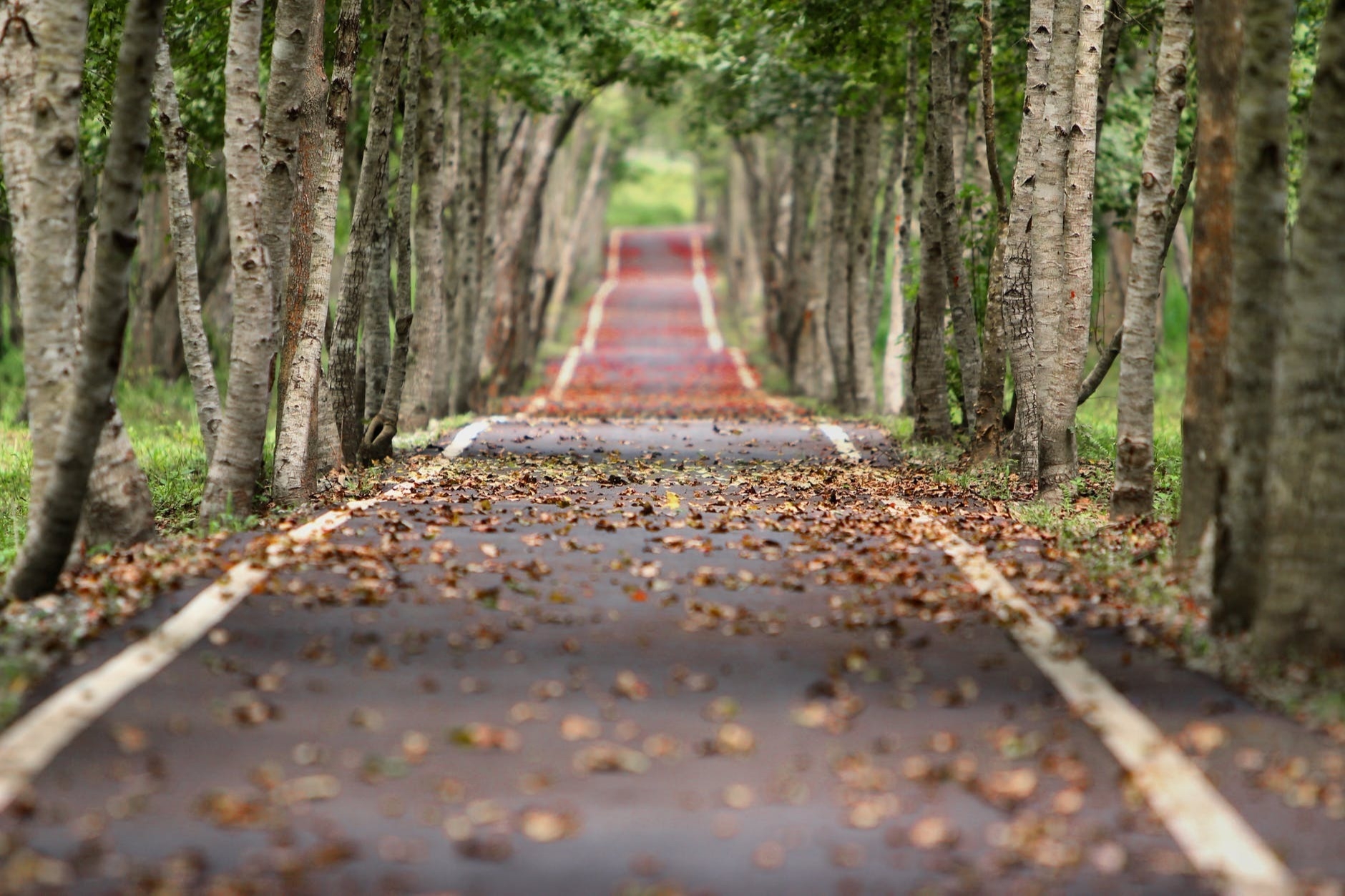Denver Tree Service Talks About Watching for Pests and Diseases
Trees are not only essential for the environment, but they are beautiful to look at and they provide shade on a hot day. They can also boost the property value of your home if you have mature trees throughout your landscape. But when tree pests and diseases strike in Colorado, it can be disastrous. Root Tree Service is available to help you manage pests and diseases. Here are some things to keep an eye out for on the trees on your property.
Some Quick Tips
There are some rules of thumb you should follow to help prevent pests and diseases from infiltrating your trees. Here are a few:
- Stick to native species or drought-tolerant trees if you can. These will do much better in our semi-arid climate.
- Maintain your trees with mulch, water, and regular pruning.
- Don’t bring firewood from the forest into your yard or home. This could mean you are transferring pests or diseases that could potentially affect your trees.
Diseases That Affect Front Range Trees
One of the most significant issues we have in this area is the Thousand Cankers Disease. This is carried by the walnut twig beetle, and it spreads a fungus that creates a canker around the tree. If you notice that branches of the tree are browning around the crown of the tree, this could be an indicator that your tree has succumbed to this disease.
Other diseases include:
- Anthracnose
- Bacterial wetwood
- Cedar hawthorne
- Chlorosis
- Cytospora canker
- Dutch elm disease
- Dwarf mistletoe
- Fireblight
- Leaf spots
- Powdery mildew
- Thyronectria canker
Some of the signs to look for include bark abnormalities, decay, dead branches, leaf discoloration, powdery mildew, and light brown shelves at the base of the tree. The earlier you address these issues with trees, the better your chance of saving the tree.
The Primary Critter Culprits to Watch For
Diseases are not the only thing to make our trees vulnerable. There are plenty of tree pests around that do their best to eat away at our beautiful forests and landscaping.
- Elm bark beetle
- Mountain pine beetle
- IPS bark beetle
- Emerald ash borer
If you’ve been in the Colorado mountains over the past decade, you’ve surely noticed the dead pine trees. This was caused by the mountain pine beetle infestation that started in 2013. According to the state’s forest service, more than 250,000 acres of trees in Colorado have been destroyed by the mountain pine beetle. In 2008, 1.15 million acres were infested. The mountain pine beetle loves to infest both ponderosa and lodgepole pines, and they have just decimated forests across the state. This type of pest is just one of the reasons we mentioned not bringing firewood from the state’s forests into your home or yard.
Contact Root Tree Service
In addition to routine tree maintenance, the professionals at Root Tree Service can also check your trees for signs of pests and disease. We offer our customers reliable early detection by keeping records, diagnosing, and treating trees. Contact us today to help ensure your trees stay healthy and hearty.
